Why should you practice yoga today?
7 reasons you should practice yoga today.
Yoga is a physical training method that goes back thousands of years in India. Yoga is designed to help people have a more positive outlook on life, peace and peace. The word " yoga " itself means " to bond " and " to bond ". However, many people when practicing yoga do not attach the soul and concentration required of yoga, so most people think that yoga is just a combination of flexing movements, limbs and the whole body. .
In fact, the above thought is quite possible. It takes years of practice to be able to try pulling your legs behind your head. Yoga actually offers more benefits than being a flexible, flexible and healthy body. People of all ages, shapes and health can practice yoga and adjust their bodies to suit their own needs and purposes.
If you still think that yoga is not right for you, think again. Here are 7 reasons you should practice yoga as soon as possible . Invite you to consult!
1. Yoga is a great exercise
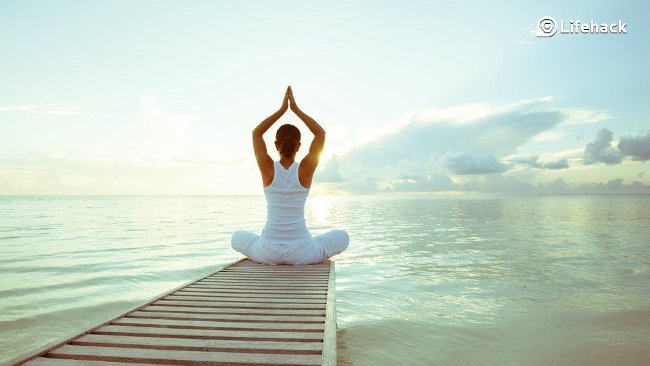
The first and obvious reason everyone knows that yoga is a really good exercise for the body . You can adjust the movements yourself to match the speed and level at which you are truly comfortable. No matter which yoga move you choose, doing it is always a great exercise. There are many groups of movements suitable for different days and suitable for all subjects; This means that there is no reason to delay starting yoga as soon as possible and choose the best yoga mat .
2. Yoga helps to connect with the body
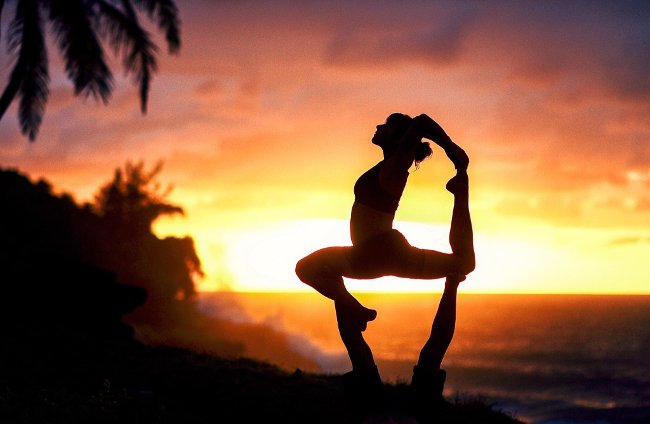
Yoga stretching exercises are built around the idea of helping the body move to improve health and endurance . As a result, regular yoga practice will actually help you connect with your body more and understand what is good or bad for your body.
Of course this is not always good, as it can be frustrating because the movements today may not be as effective as the days before. However, it has its own benefits, gradually improving health that you may not realize immediately.
3. Yoga helps to breathe more properly
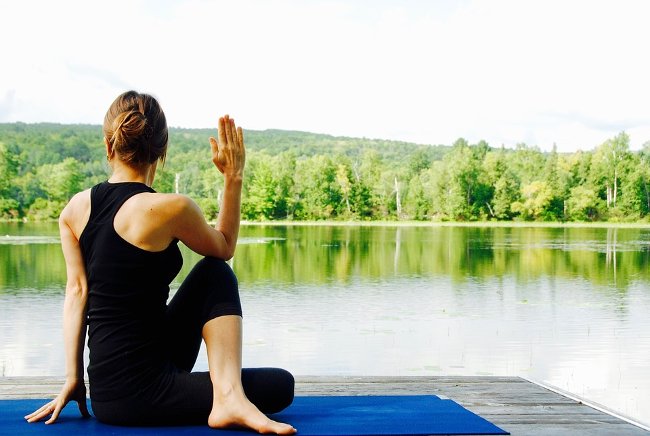
A very important part of yoga is breathing , also known as " pranayama ", which is associated with doing yoga moves. Moves that encourage the practitioner to breathe focus, focus on breathing ( which we often do subconsciously ), help the practitioner manage stress effectively and thereby make us feel cold. see better.
Also, for people with asthma, yoga breathing really helps them open up the chest and explore the effects of focused breathing. Believe and practice the yoga breathing method and you will see the benefits it brings.
4. Yoga helps to improve sleep quality

One small but important benefit to yoga practitioners is getting deeper, more quality sleep. This can be the result of the gentle movements and stretches of muscle mass that the practitioner performs before bed. Regardless, however, studies have shown that light physical activity before going to bed helps to fall asleep faster and thus to sleep better.
This result can be attributed to the fact that you are a hard person to sleep and so through yoga the symptoms of pain are reduced and the likelihood of a good night's sleep is greatly increased. Another possibility is that most yoga poses include late stage relaxation and thanks to the help of falling asleep faster and easier. Some people even doze off in class. Trust me, this treatment is really effective and should be done at home.
5. Yoga helps to improve body shape
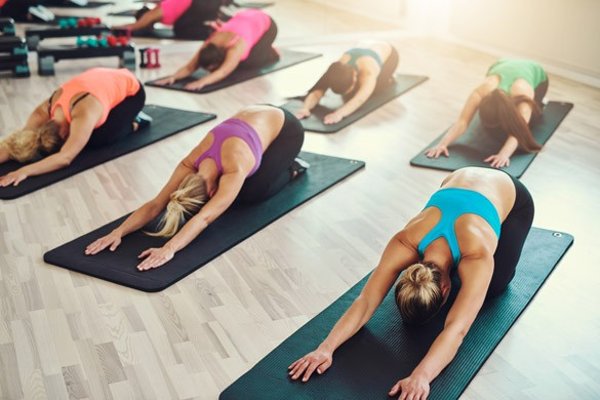
Yoga is a relatively effective method to help build and maintain the standard body, posture, sitting posture because it involves breathing and postures that require your back to be straight to be effective. Best. Having good shape is a sure thing if you practice yoga on a regular basis.
In the beginning, your posture will be slightly down, standing, sitting is typical for those who usually do desk work, but practicing yoga will help you gradually stretch your spine and back will gradually back tense ; As a result, your figure will look taller and you will feel truly better.
6. Yoga helps to be healthy both physically and mentally
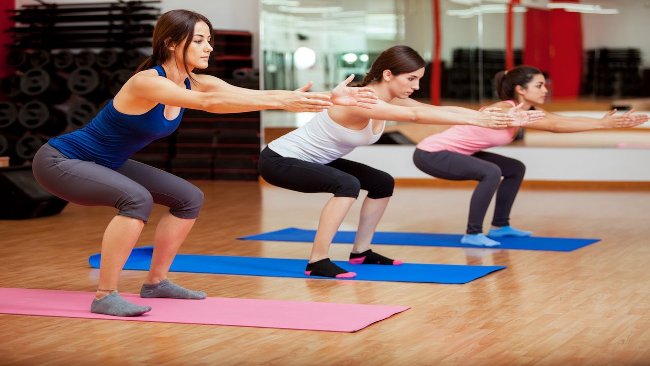
Another effect of yoga helps you get strength and mind on a level you never thought of. The main goal of yoga is to develop physical strength so that you can meditate for longer, and muscle relaxation exercises will ensure a healthy body.
The yoga breathing exercises will increase the volume of the lungs and thanks to the good working of the lungs plus large expansion will increase the health and activity of the muscles. Along with that, yoga moves force you to focus on the movements and when meditating, you need to be calm and focused; thereby reducing stress and improving mental strength .
7. Meditation helps a better life
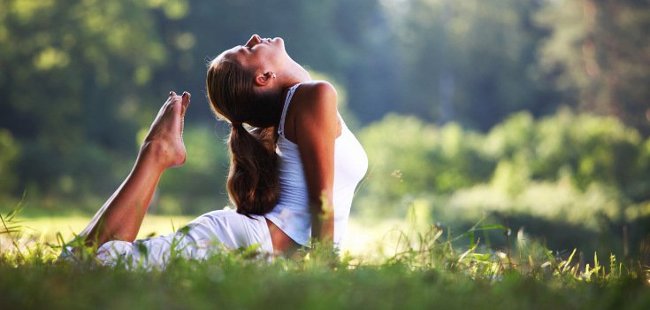
Meditation is the key to yoga. Although difficult movements can be performed, if not done in a concentrated manner, it will not be effective. Over time, meditation has shown the practical benefit that people can have if they do it every day.
Meditation does not have to be done with chanting, in a dark room with incense. In fact, you can meditate in any quiet place and any time you like. Just spend 5 minutes sitting alone in a quiet and peaceful place . Meditation enhances quality of life by allowing the mind to remove all anxiety and stress. This is an important and indispensable part of yoga practice. It can really change your life, helping you stay calm and serene in any difficult situation.





